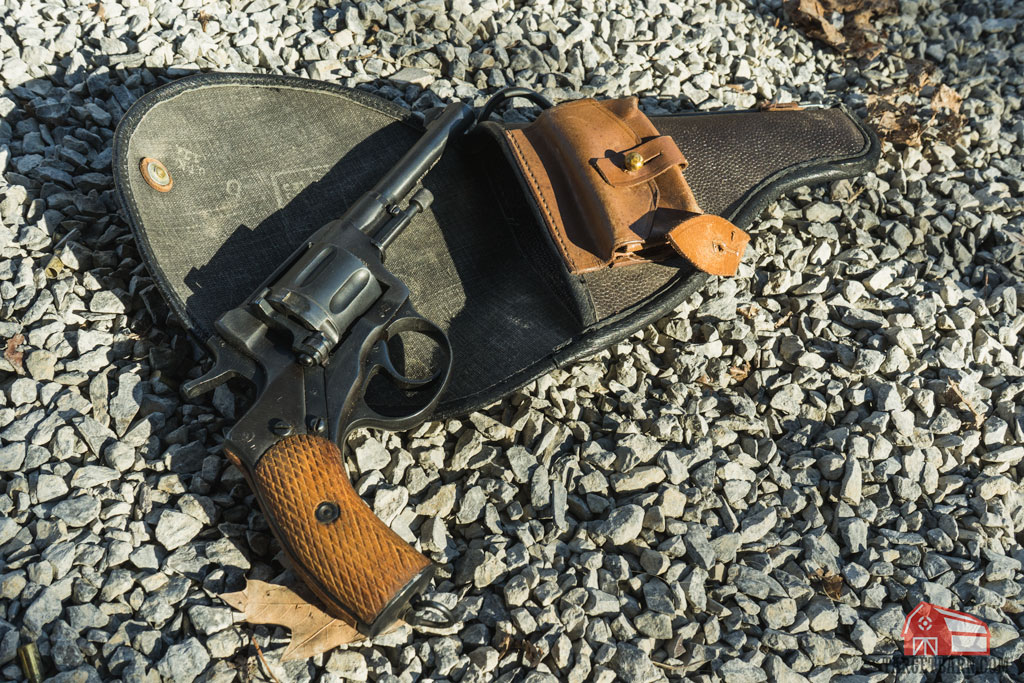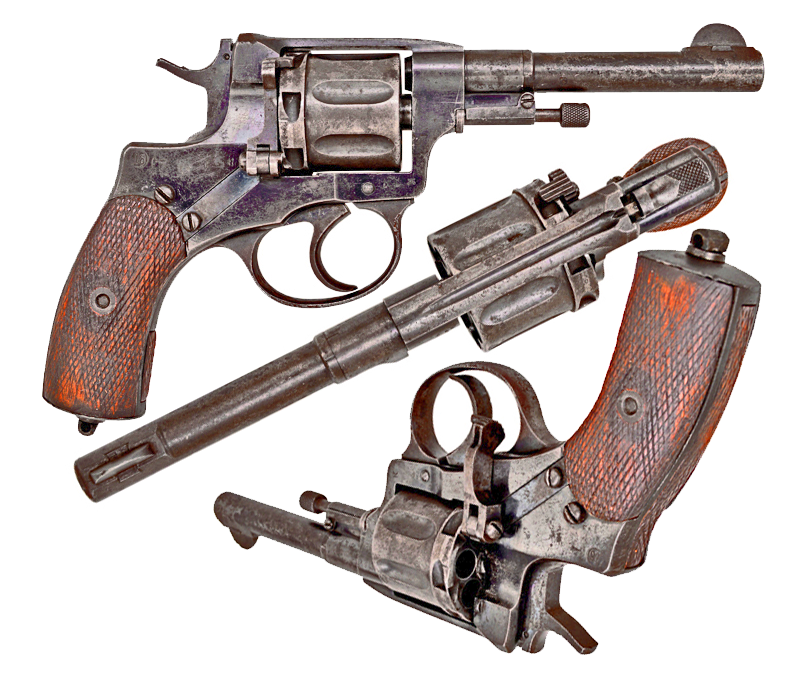Nagant M1895: Difference between revisions
Skizmophonic (talk | contribs) No edit summary |
Skizmophonic (talk | contribs) No edit summary |
||
| (17 intermediate revisions by the same user not shown) | |||
| Line 1: | Line 1: | ||
[[Category:Weapons]] | |||
[[Category:Weapons of Vietnam]] | |||
{| class="wikitable sortable" style="margin:auto;text-align: center;width:90%" | {| class="wikitable sortable" style="margin:auto;text-align: center;width:90%" | ||
|- | |- | ||
| Line 18: | Line 20: | ||
! rowspan=2 | Leg × | ! rowspan=2 | Leg × | ||
! rowspan=2 | Arm × | ! rowspan=2 | Arm × | ||
! | ! colspan=2 | Reload Speed | ||
|- | |- | ||
|43||×3.7 = 159.1||×2.4 = 103.2||×2.3 = 98.9||×1.3 = 55.9||×0.95 = 40.85|| | ! Partial (1)!! Empty | ||
|- | |||
|43||×3.7 = 159.1||×2.4 = 103.2||×2.3 = 98.9||×1.3 = 55.9||×0.95 = 40.85||1.966 Seconds||4.166 Seconds | |||
|- | |- | ||
|} | |} | ||
| Line 36: | Line 39: | ||
! rolspan=2 | [[Weight]] | ! rolspan=2 | [[Weight]] | ||
|- | |- | ||
|[[M1895]]||[[Revolvers]]||Single+Double | |[[M1895]]||[[Revolvers]]||Single+Double+[[Fanning]]||500 RPM||8.5° & 1.3° [[ADS]]||0.85||272 m/s||7.2 g (111.113 gr)||.8 kg (1.76 lb) | ||
|- | |- | ||
|} | |} | ||
| Line 42: | Line 45: | ||
|- | |- | ||
! rowspan=2 | Full name | ! rowspan=2 | Full name | ||
! rowspan=2 | [[ | ! rowspan=2 | [[Caliber]] | ||
! rowspan=2 | [[Place of Origin]] | ! rowspan=2 | [[Place of Origin]] | ||
! rowspan=2 | [[Date]] | ! rowspan=2 | [[Date]] | ||
! rowspan=2 | [[ | ! rowspan=2 | [[Manufacturer]] | ||
! rowspan=2 | Barrel Length | ! rowspan=2 | Barrel Length | ||
! rowspan=2 | Total Length | ! rowspan=2 | Total Length | ||
! rowspan=2 | [[Weapon Script Name]] | ! rowspan=2 | [[Weapon Script Name]] | ||
|- | |- | ||
|Nagant M1895||7. | |Nagant M1895||7.62x38mm||[[russian empire]]||1895||Nagant, Soviet Arsenals (Tula & Izhevsk), Państwowa Fabryka Karabinów||11.4 cm (4.5 in)||23.5 cm (10.5 in)||weapon_m1895 | ||
|- | |- | ||
|} | |} | ||
The Nagant M1895 is a seven-shot, gas-seal revolver designed and produced by Belgian industrialist Léon Nagant for the Russian Empire. | |||
The Nagant M1895 was chambered for a proprietary cartridge, 7.62×38mm, and features a gas-seal system, in which the cylinder moves forward when the gun is cocked, to close the gap between the cylinder and the barrel, providing a boost to the muzzle velocity of the bullet and allowing the weapon to be suppressed. Its design would inspire the Pieper M1893 carbine and Steyr 1893 revolver. | |||
=HISTORY= | |||
The Nagant was designed by Léon Nagant, whose brother Émile had also designed the [[Mosin–Nagant]] rifle. The Nagant M1895 was adopted as the standard issue sidearm for the Imperial Russian Army and police officers, where it replaced earlier Smith & Wesson models such as the Model 3. | |||
Production began in Liège, Belgium; however Russia purchased the manufacturing rights in 1898, and moved production to the Tula Arsenal in Russia, and was soon producing 20,000 examples per year. | |||
It was produced in two versions: a double-action version for officers, and a cheaper single-action version for the lower ranks. Seven Nagant revolvers were used by communist revolutionaries to kill the Russian imperial family and their servants in July 1918. After the Russian Revolution, only the double-action version was made. Nagant revolvers were used by the NKVD and Red Army units until the end of World War II, with a total of 2,000,000 produced. The Nagant began to be replaced by the [[Tokarev]] semi-automatic pistol in 1933, and was formally replaced by the [[Makarov]] in 1952, though Nagant revolvers continued to see limited use in the Korean War and Vietnam War. | |||
<br>[https://en.wikipedia.org/wiki/Nagant_M1895 source] | |||
<hr> | |||
<gallery mode="packed" heights="400px"> | |||
File:BSS8320.jpg | |||
File:Nagant-Thumbnail.png | |||
</gallery> | |||
<hr> | |||
{{#evt: | |||
service=youtube | |||
|id=https://www.youtube.com/watch?v=_GTR5vR1rq8 | |||
|alignment=inline | |||
}} | |||
{{#evt: | |||
service=youtube | |||
|id=https://www.youtube.com/watch?v=fgmPAYgqhR4 | |||
|alignment=inline | |||
}} | |||
{{#evt: | |||
service=youtube | |||
|id=https://www.youtube.com/watch?v=aP13NZ4Yu48 | |||
|alignment=inline | |||
}} | |||
Latest revision as of 07:58, 5 November 2024
| Factions | Weapon | Icon | Classes | Ammo |
|---|---|---|---|---|
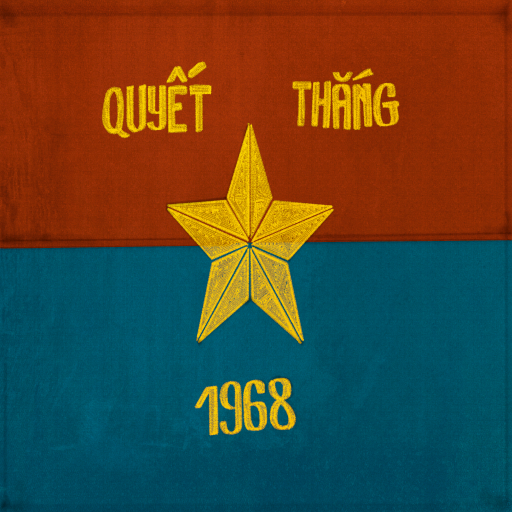 VC |
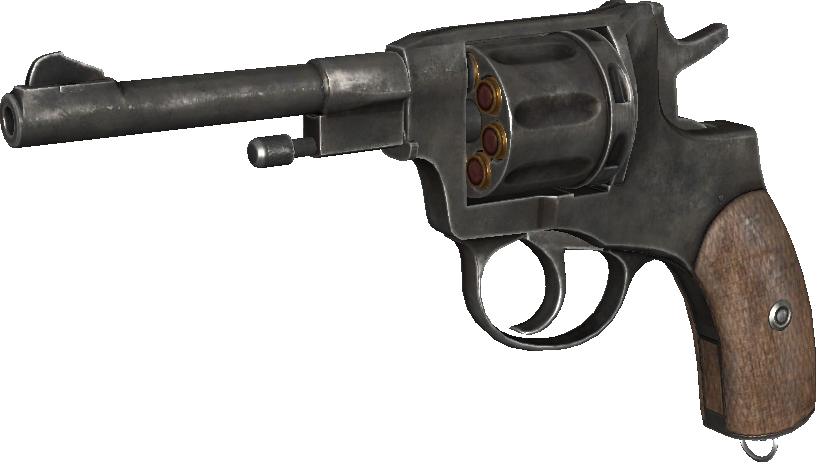 Nagant M1895 |
 |
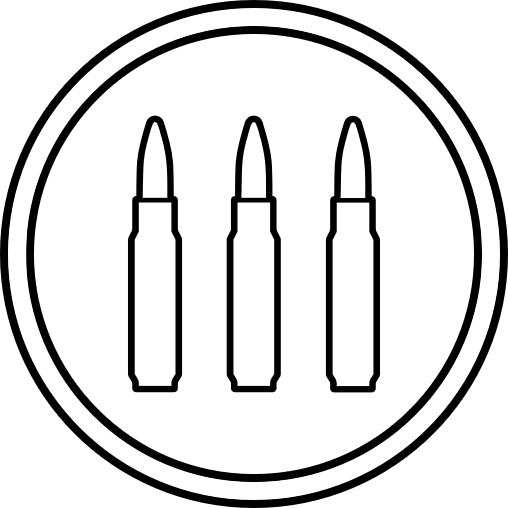 Gunner Gunner Radioman Radioman |
7 / 14 |
| Damage Base | Headshot × | Chest × | Stomach × | Leg × | Arm × | Reload Speed | |
|---|---|---|---|---|---|---|---|
| Partial (1) | Empty | ||||||
| 43 | ×3.7 = 159.1 | ×2.4 = 103.2 | ×2.3 = 98.9 | ×1.3 = 55.9 | ×0.95 = 40.85 | 1.966 Seconds | 4.166 Seconds |
| Designation | Weapon Type | Fire Modes | Fire Rate | Bullet Spread ° | Range Modifier | Muzzle Velocity | Projectile weight | Weight |
|---|---|---|---|---|---|---|---|---|
| M1895 | Revolvers | Single+Double+Fanning | 500 RPM | 8.5° & 1.3° ADS | 0.85 | 272 m/s | 7.2 g (111.113 gr) | .8 kg (1.76 lb) |
| Full name | Caliber | Place of Origin | Date | Manufacturer | Barrel Length | Total Length | Weapon Script Name |
|---|---|---|---|---|---|---|---|
| Nagant M1895 | 7.62x38mm | russian empire | 1895 | Nagant, Soviet Arsenals (Tula & Izhevsk), Państwowa Fabryka Karabinów | 11.4 cm (4.5 in) | 23.5 cm (10.5 in) | weapon_m1895 |
The Nagant M1895 is a seven-shot, gas-seal revolver designed and produced by Belgian industrialist Léon Nagant for the Russian Empire.
The Nagant M1895 was chambered for a proprietary cartridge, 7.62×38mm, and features a gas-seal system, in which the cylinder moves forward when the gun is cocked, to close the gap between the cylinder and the barrel, providing a boost to the muzzle velocity of the bullet and allowing the weapon to be suppressed. Its design would inspire the Pieper M1893 carbine and Steyr 1893 revolver.
HISTORY
The Nagant was designed by Léon Nagant, whose brother Émile had also designed the Mosin–Nagant rifle. The Nagant M1895 was adopted as the standard issue sidearm for the Imperial Russian Army and police officers, where it replaced earlier Smith & Wesson models such as the Model 3.
Production began in Liège, Belgium; however Russia purchased the manufacturing rights in 1898, and moved production to the Tula Arsenal in Russia, and was soon producing 20,000 examples per year.
It was produced in two versions: a double-action version for officers, and a cheaper single-action version for the lower ranks. Seven Nagant revolvers were used by communist revolutionaries to kill the Russian imperial family and their servants in July 1918. After the Russian Revolution, only the double-action version was made. Nagant revolvers were used by the NKVD and Red Army units until the end of World War II, with a total of 2,000,000 produced. The Nagant began to be replaced by the Tokarev semi-automatic pistol in 1933, and was formally replaced by the Makarov in 1952, though Nagant revolvers continued to see limited use in the Korean War and Vietnam War.
source
